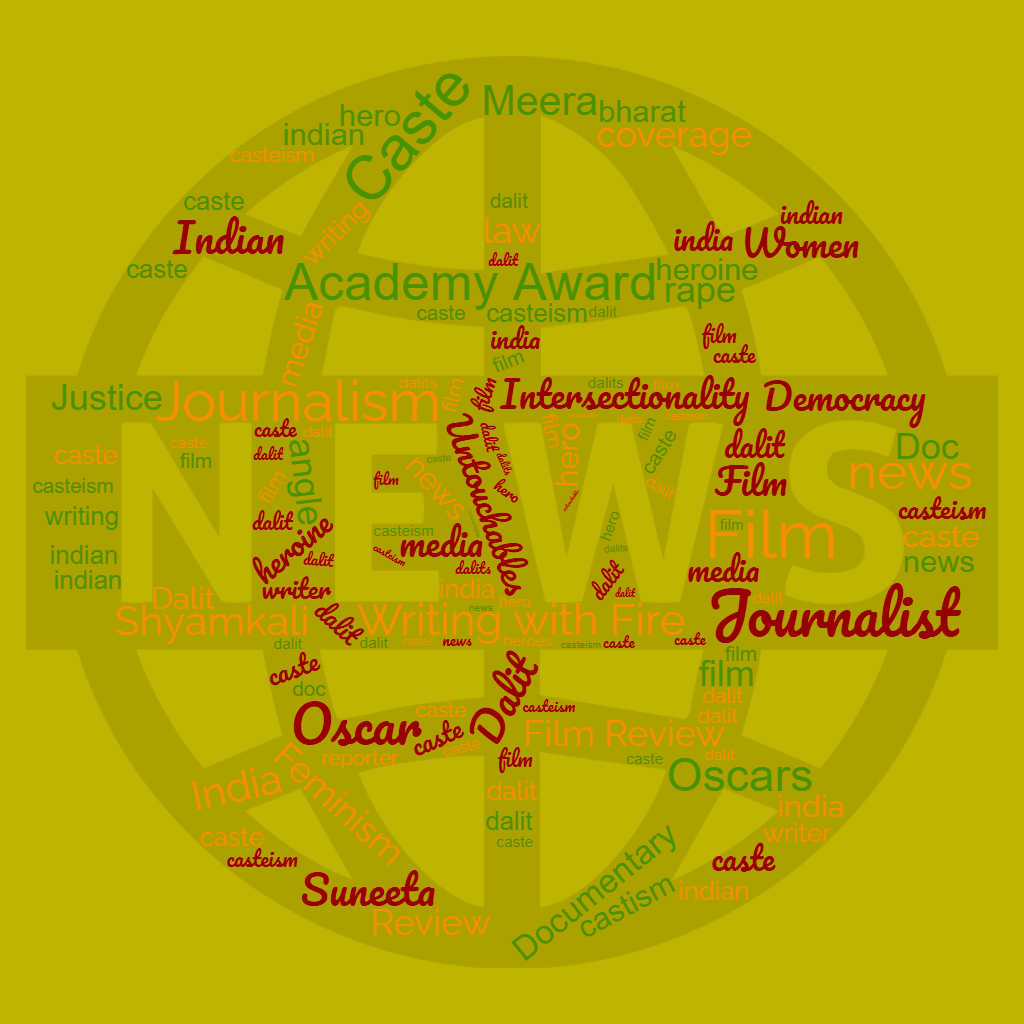Mrs Chatterjee Vs Norway (2023) – My Bedtime Review
12.05.2023
‘They think that their culture is the best because their country is rich. And they think that we have no culture because our country is poor.’ – quote from the film.
I haven’t watched a film in about a year. I made a special point of watching this one. It was the true story that the film is based on which appealed to me. Mrs Chatterjee, an otherwise unknown immigrant, had her children taken away from her by the Norwegian state because she raised them with traditional Indian practices. As a result, she was declared unfit by the racist and xenophobic Western authorities that believed only their ways of bringing up children were right. However, this Indian mother fought against an entire country to get her children back, a fight that would escalate into a publicised political clash between Norway and India and her ultimate victory as it was proved that an Indian mother could be a fit mother. This fight was not just for herself. It was for all the immigrant families affected by the welfare law in Norway. It was a fight for diversity and difference.
What was my particular interest in this film? Firstly, in my family, we worship the fighting mother, Mother Durga, the Mother Queen who fights against sin, or Mother Kali. Mrs Chatterjee is a heroine based on this particularly Indian role for the mother. Secondly, I have watched Western people judging me silently or in words whenever I tell them about my family, upbringing or anything personal (because we are different as Indians). This quasi-legal arrogance – based on privilege bought at the expense of imperialism and neo-imperialism and its wealth – is particularly disgusting and it is what this film criticises and destroys. (Incidentally, Indian people are actually the majority in the world spread out over all countries, not Western people. If you believe in democracy (i.e. the rules of the mass), then we are right, not anyone else). Thirdly, my first published academic article on Indian film showed that the Western Oedipal complex (with its construction of the legal subject) is based on separation from the mother. This separation itself is based on xenophobia and misogyny directed at the Asian or Indian mother, something that the film attacks. Article link here:
So, having said all this, now to the review. Hindi films are the only medium which can make me emotional. This one did the job. However, I will not talk about this. What I will talk about is the idea in this film. Mrs Chatterjee – the immigrant, the poor, Indian woman – someone that has a precarious being in a country hostile to her – is denied a voice by Western law. Time after time in the movie she is told to be silent in the courtroom. Her son, who is taken from her, is also forced into silence by the brutality of the Western law which is supposed to put children’s best interests at heart. He stops talking. In contrast, the Indian law lets everyone speak, even when they have no locus or standing. All perspectives are allowed, all can say what they want to express. We cannot criticise the unjust Western law, the prostitute of power. The Western law can criticise us. This is one difference between the law in the film and the law in the West.
In the film, the father of the children abducted by the Western state only wants his citizenship at any cost. He doesn’t care about his children. He cares about money. This is a representation of the type of immigrant kept in precarity that will do anything at any cost to get money from the rich and powerful state. A state that he will not attack no matter how much it will attack him and his family, children and future. This is a real person who I have met many times. The slave that would not accept his emancipation in India’s Independence.
The film is not just about one woman’s fight. You have never watched the children turn into people that cannot speak their own language, know their own culture. That behave like the state loving fascists that spat on us, didn’t give us work, excluded us, turned us down and kept us down. The state has abducted our children in the state schools and we cannot do anything about it. But Mrs Chatterjee did it. She fought this abduction and she won. She was a poor woman without any resources. She was someone who couldn’t even speak the language. She was powerless but she fought the power. Like the Mother Goddess, she became Shakti (power). She defeated the arrogance of the state – like Gandhi. The one with nothing goes against the one with everything and becomes the greater. It is an Indian story. It is our history and who we are.
Against judgement, we protest justice. Against the state, we protest love. Against separation, we protest the union of mother and son. I am named after it. I am named after the actor that played the son of Mother India in the film and married her in real life (Sunil Dutt and Nargis). This is a film that reminds us that we are Indian (and by that, I personally mean the village, not the state. The people, not the politicians). And we will not accept a Western law which is based on separation from the Indian mother, no matter how much it is fed by wealth, power and the delusion of superiority.




